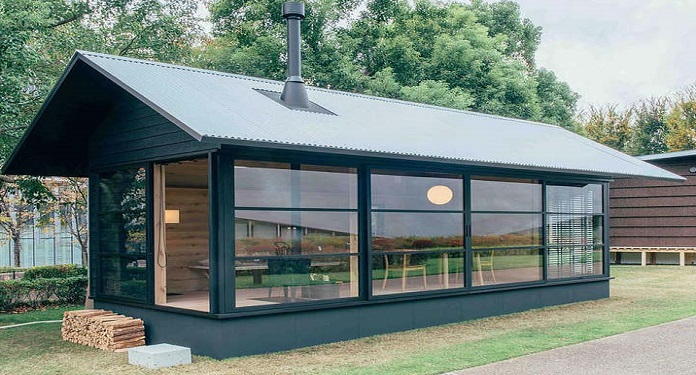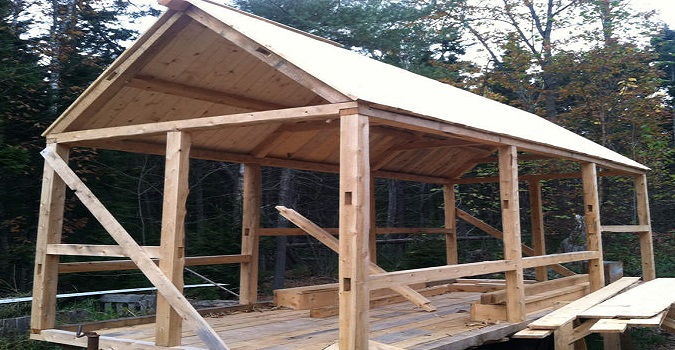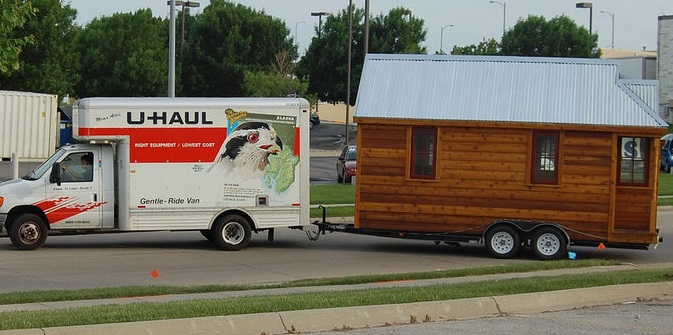Tiny House Kits vs. Prefabs: Which is Right for You?
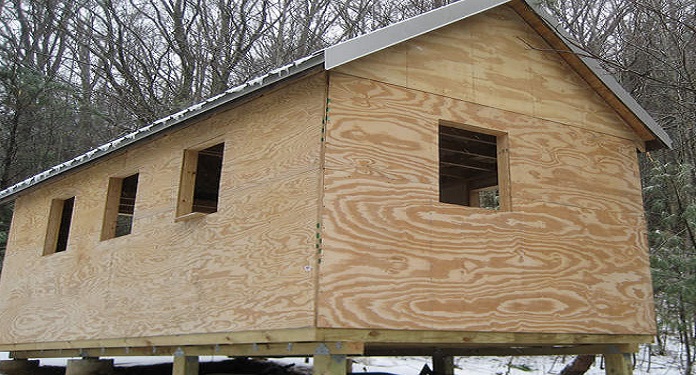
There’s more than one way to downsize your lifestyle
Tiny houses and their ever increasing fan base are the main feature of more than 10 reality shows in the United States. People are jumping on the micro-living bandwagon for many reasons, from environmental to financial to living style preferences. But what is the better choice: tiny house prefabs or tiny house kits?
Each option is an offering that gives future micro homeowners the chance to build the tiny home of their dreams with varying levels of involvement. Let’s go into the differences so you can decide what’s better for you.
What is the appeal of tiny homes?
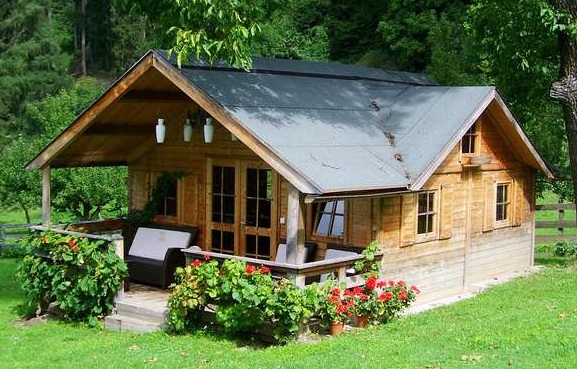 The tiny home trend hit big time off the back of the financial crisis in 2008. House prices had gone through the roof, and some US residents decided to downsize to get away from conventional living. Today, millions of Americans spend half of their income on rent payments, and around 70 percent of the population is strapped with debt.
The tiny home trend hit big time off the back of the financial crisis in 2008. House prices had gone through the roof, and some US residents decided to downsize to get away from conventional living. Today, millions of Americans spend half of their income on rent payments, and around 70 percent of the population is strapped with debt.
Tiny homes offer an alternative to big investments like mortgages, but it’s more than that. A little research on human evolution shows that generations of people throughout the world chose to live in small living spaces like caves, tents, igloos, huts, yurts, etc. They molded their lives to what nature could offer them in the way of shelter.
Tiny homes are similar to this idea in many ways, as micro living is less harmful on the environment (and can save you money if powered by natural resources like solar power). I’ll admit that tiny home living is not for everyone. But for those who choose to take the plunge into living simply, there are a host of ways to go about building the micro home of your dreams.
Let’s say you’re already thinking of investing in a tiny home. You want to live more simply (and you don’t suffer from claustrophobia) but you are not much of a handyman or handywoman. You don’t know a lot about building a home and you are more interested in living in it than taking part in the building process. A tiny house kit or prefab is right up your alley.
What is a prefab house?
A prefab, or pre-fabricated house, is a structure that is built in sections at a facility and then assembled on site. Tiny or not, all pre-built homes have to meet standards set by HUD to make sure they adhere to all regional codes where they will be placed permanently. This ensures that a prefab home will stand up to natural disasters as well as a home built on-site, and will pass all tests for fire resistance and energy efficiency.
Any prefab house, not just those tiny in size, have gone through peaks and valleys of popularity. They first came about in the US in the early 1900s from the Sears Roebuck Catalog, which sold kit houses via mail order. They were all the rage, as they offered modern amenities like indoor plumbing and central heating (rarities in the 1910s and 1920s).
But as the housing market grew and matured, the idea of prefab houses began to change. The word prefab began to bring to mind images of cheaply-made houses slapped together with identical designs and low-quality materials. However, the recent influx of tiny houses and tiny house prefabs, along with eco-friendly prefab houses, have brought the style back into relatively good standing.
Prefab houses have a list of pros and cons that apply to both normal and tiny houses. Let’s take a look at the top four advantages and disadvantages:
Pros and cons of prefab houses
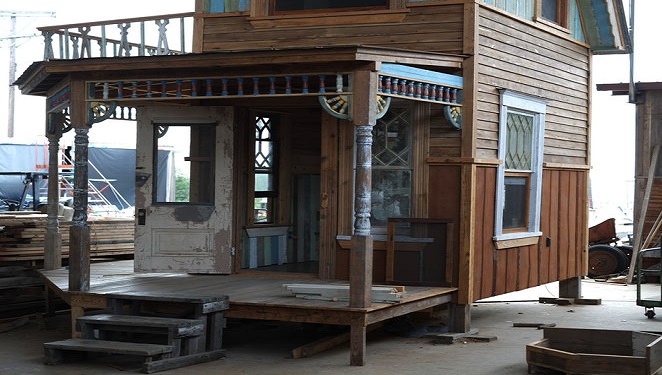
Pro: prefabs minimize waste
Given that prefab houses are built ahead of time, there is somewhat of a cookie-cutter aspect to their designs, despite the fact that there are thousands of different styles to choose from. Manufacturers can mass-produce them and eliminate a lot of material waste.
Waste reduction is increased further because all the designs are usually built in the same place, so building materials from one house can easily go toward the next one. It also minimizes the risk for vandalism or robbery of building materials, an unfortunate fate for many on-site built homes.
Pro: prefabs are durable & quick to build
People sometimes take years to build their dream home. However, prefabs take only a matter of months to be built — and some tiny homes can even be delivered within less than a week (see below for examples)! Additionally, these structures need to be built in order to endure a journey from plant to final location, thus they are more durable and are built to withstand more elements (i.e. a long highway journey) than many other homes.
Pro: prefabs are cheaper
Prefab homes cost an average of $18 less per square foot to build than traditionally built homes. (Note: this is calculated measuring the average permit value of a home rather than its sale price, as the average permit value measures the costs to build the house rather than the final market value).
Con: hidden costs
Prefab house prices are usually quoted with just the cost of the primary structure in mind, and do not include other fees like the purchase of land, leveling the ground, soil testing, site surveying, utility hookups, landscaping, driveways, garages, etc. These can add up and quickly turn your prefab home into as equally costly of an investment as a conventionally built house.
If you’re building a tiny home, you may choose to eliminate some of these added frills like a driveway or a garage, but keep an eye out for unforeseen costs before making any big decisions.
Tiny house prefab examples
Here are a few examples of popular tiny home prefab constructions specifically designed to allow homeowners to power their micro house off-grid with solar panels!
– This movable, concrete house can be delivered in days and, paired with a roof full of solar panels, it can be become an energy plus building!
– This tiny cabin, designed by a company called Ark Shelter, can be shipped almost anywhere in the world and includes lots of off-grid options.
– These tiny homes made by Eco Cabins are environmentally friendly and sustainable, and ready-made models run between $36,000-$50,000.
Tiny house kits
Housing kits are more popular among tiny homebuilders than stick built homes, otherwise known as traditional houses. Those building a tiny home have less obstacles to go through in order to build their living quarters than a traditional home, which is on average 11 times bigger than the average tiny home.
Kits are a much more hands-on approach to tiny home building, and in general can be more easily customized. Owners are part of the building (and sometimes designing) process. One can choose from add-on options like built-in storage, additional kitchen space, bathrooms, and more.
There are a number of tiny home kit companies that boast the ease with which a totally inexperienced builder can put together his/her own micro home. One company even says if customers know which end of a hammer to hold, they can assemble one of their houses.
Several kit homes come with the wood and parts pre-designed and pre-cut, minimizing both the problems and time used to assemble a micro home. In the majority of cases, plumbing and electricity, and well as heating and cooling, should be installed by a professional — especially if you don’t fancy yourself a fixer-upper around the house.
The pros and cons for kit homes are a bit more self explanatory, in that they take more manual labor and more time, but their prices are a lot more attractive, given the fact that you are taking on more of the work yourself. You are also in more control of how long the process takes, depending on how fast you can or want to work, which gives you more freedom.
The only thing to keep an eye out for (other than following instructions) is the necessity of any additional tools that may be required to build your home and are not included. Luckily, nearly all kit companies offer this type of information up front.
Tiny house kit examples
Below are some examples of companies offering tiny house kits, with varying levels of building involvement:
– Jamaica Cottage Shop offers dozens of build-it-yourself homes at an affordable price, with kits ranging from roughly $5,000-$20,000, with options for going off-grid! Houses take around 40 hours to build, depending on size.
– Artisan Tiny House offers a range of tiny house kits including tiny houses on wheels, backyard structures, and many more.
– 84 Tiny Living Company offers dozens of different portable tiny houses that are DIY, semi-DIY, or as a ready-move house, so you can choose you level of involvement. For a finished house with 150-200 square feet, prices start around $50,000 and take about 10 weeks.
So, is a prefab home or tiny house kit the answer for you?
Whether you are wanting a new lifestyle or a new project (or maybe both) tiny home prefabs and kits can be a fun way to take part in the creation of your new living space. The average tiny home costs $23,000 if built by the owner, compared to $272,000 for the average sized house (not to mentioned interest on mortgage payments over the years, which can eventually double the price).
But again, it’s not just about price. Some people want to live more minimally, be more mobile, less materialistic, and spend more time outside of their home! Did you know that Americans spend an average of 93 percent of their lives indoors or in a car! Having a smaller living space would probably increase the amount of time you spent in the great outdoors, and will certainly decrease your energy bills and your reliance upon fossil fuels.
Sounds like an all around win to us no matter how you choose to buy your tiny home!
Images courtesy of creative commons license via Flickr – 1, 3, 4, 5, 6 & Pixabay – 2

